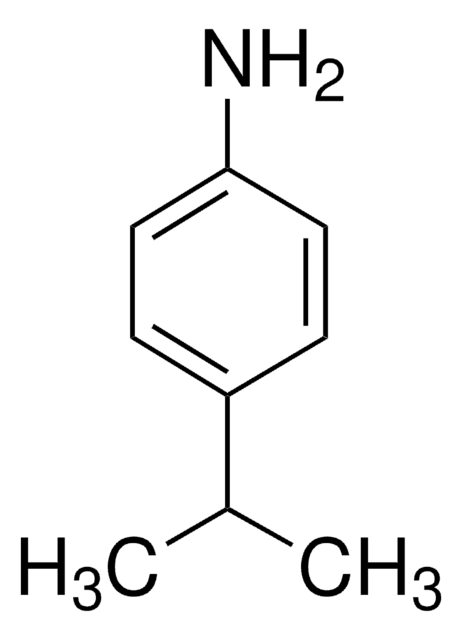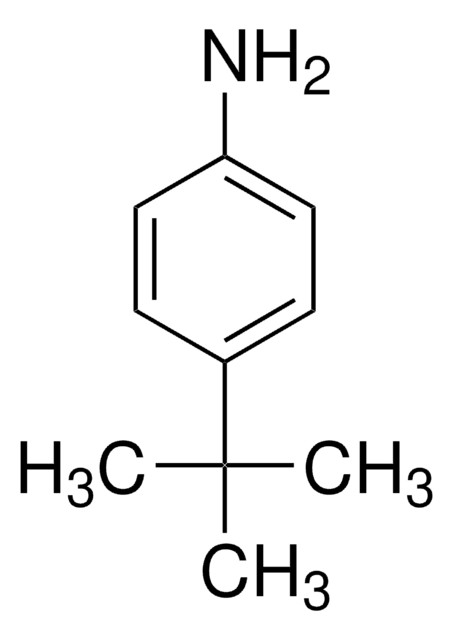203122
Copper
powder, 99.999% trace metals basis
Sinonimo/i:
Cu powder
About This Item
Prodotti consigliati
Saggio
99.999% trace metals basis
Forma fisica
powder
Resistività
1.673 μΩ-cm, 20°C
P. eboll.
2567 °C (lit.)
Punto di fusione
1083.4 °C (lit.)
Densità
8.94 g/mL at 25 °C (lit.)
Stringa SMILE
[Cu]
InChI
1S/Cu
RYGMFSIKBFXOCR-UHFFFAOYSA-N
Categorie correlate
Descrizione generale
Applicazioni
Caratteristiche e vantaggi
✔ Consistent quality
✔ Ultra high purity
✔ Available to scale up: bulk and pilot scale
Avvertenze
Danger-Danger
Indicazioni di pericolo
Classi di pericolo
Aquatic Acute 1 - Aquatic Chronic 1 - Flam. Sol. 1
Codice della classe di stoccaggio
4.1B - Flammable solid hazardous materials
Classe di pericolosità dell'acqua (WGK)
WGK 2
Punto d’infiammabilità (°F)
212.0 °F
Punto d’infiammabilità (°C)
100 °C
Dispositivi di protezione individuale
Eyeshields, Gloves, type P3 (EN 143) respirator cartridges
Elenchi normativi
Forniamo informazioni su eventuali restrizioni prevalentemente per i prodotti chimici. Per altre tipologie di prodotto siamo in grado di fornire soltanto informazioni limitate. Nessuna segnalazione significa che nessuno dei componenti è citato in un elenco. È dovere dell’utilizzatore assicurarsi che il prodotto venga impiegato in maniera sicura e a norme di legge.
EU REACH Annex XVII (Restriction List)
Certificati d'analisi (COA)
Cerca il Certificati d'analisi (COA) digitando il numero di lotto/batch corrispondente. I numeri di lotto o di batch sono stampati sull'etichetta dei prodotti dopo la parola ‘Lotto’ o ‘Batch’.
Possiedi già questo prodotto?
I documenti relativi ai prodotti acquistati recentemente sono disponibili nell’Archivio dei documenti.
I clienti hanno visto anche
Articoli
Permanent magnets are an essential technology for energy conversion. Motors and generators are used to convert energy between electrical and mechanical forms.
Lanthanide ions in spectral conversion enhance solar cell efficiency via photon conversion.
Il team dei nostri ricercatori vanta grande esperienza in tutte le aree della ricerca quali Life Science, scienza dei materiali, sintesi chimica, cromatografia, discipline analitiche, ecc..
Contatta l'Assistenza Tecnica.






